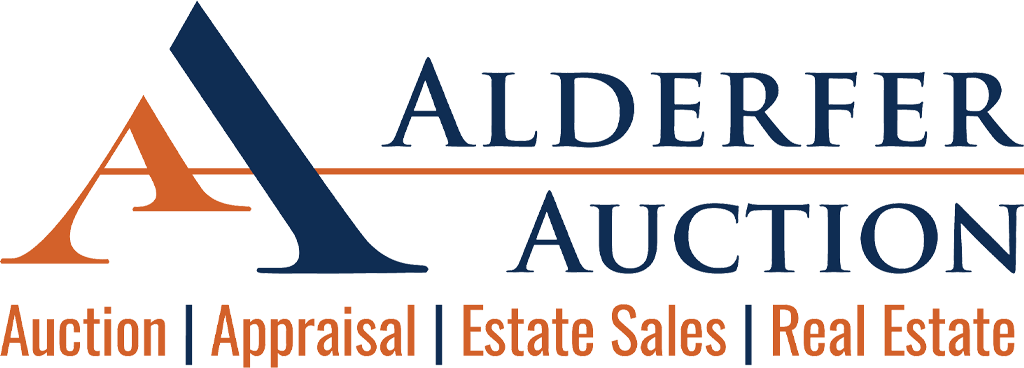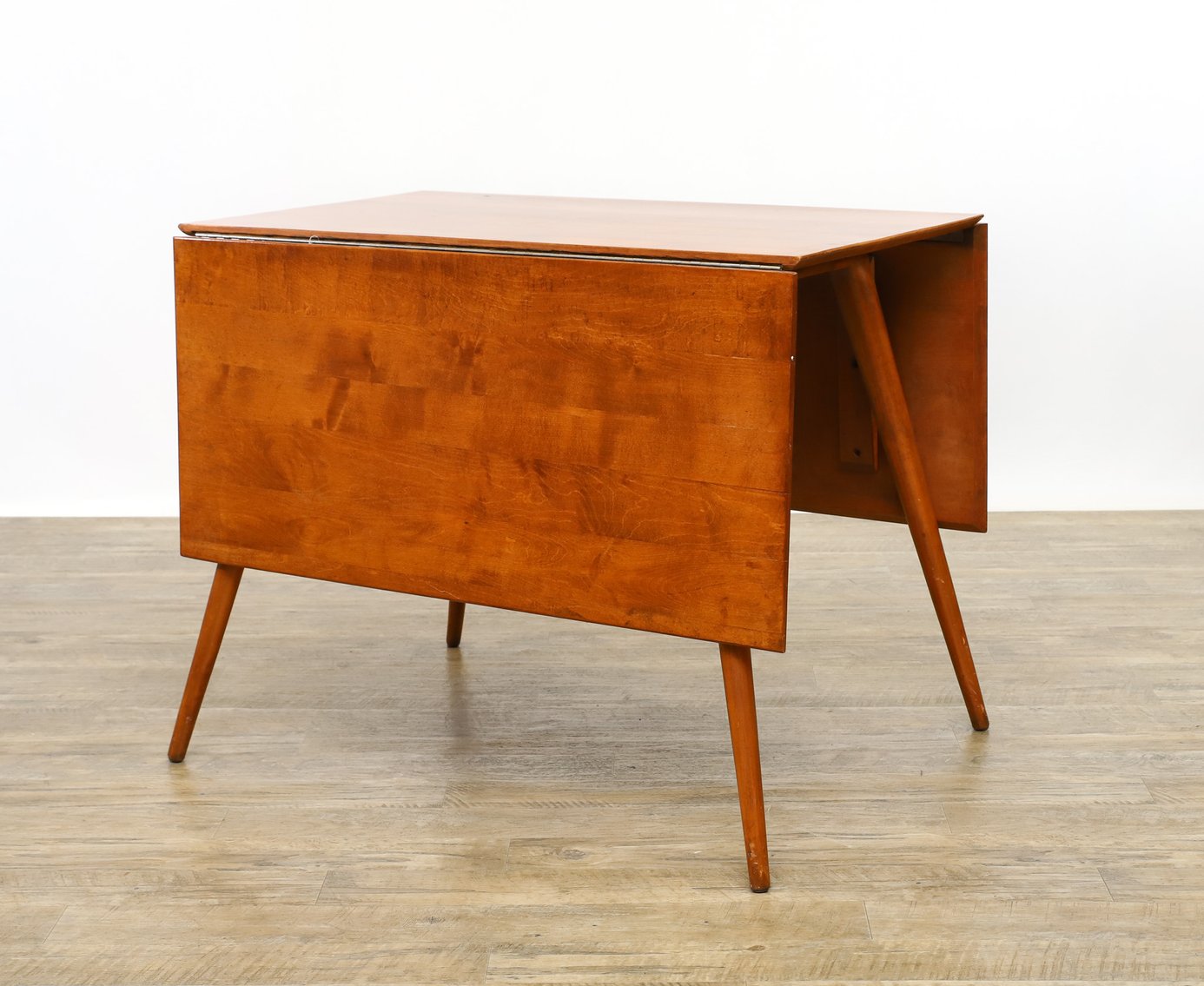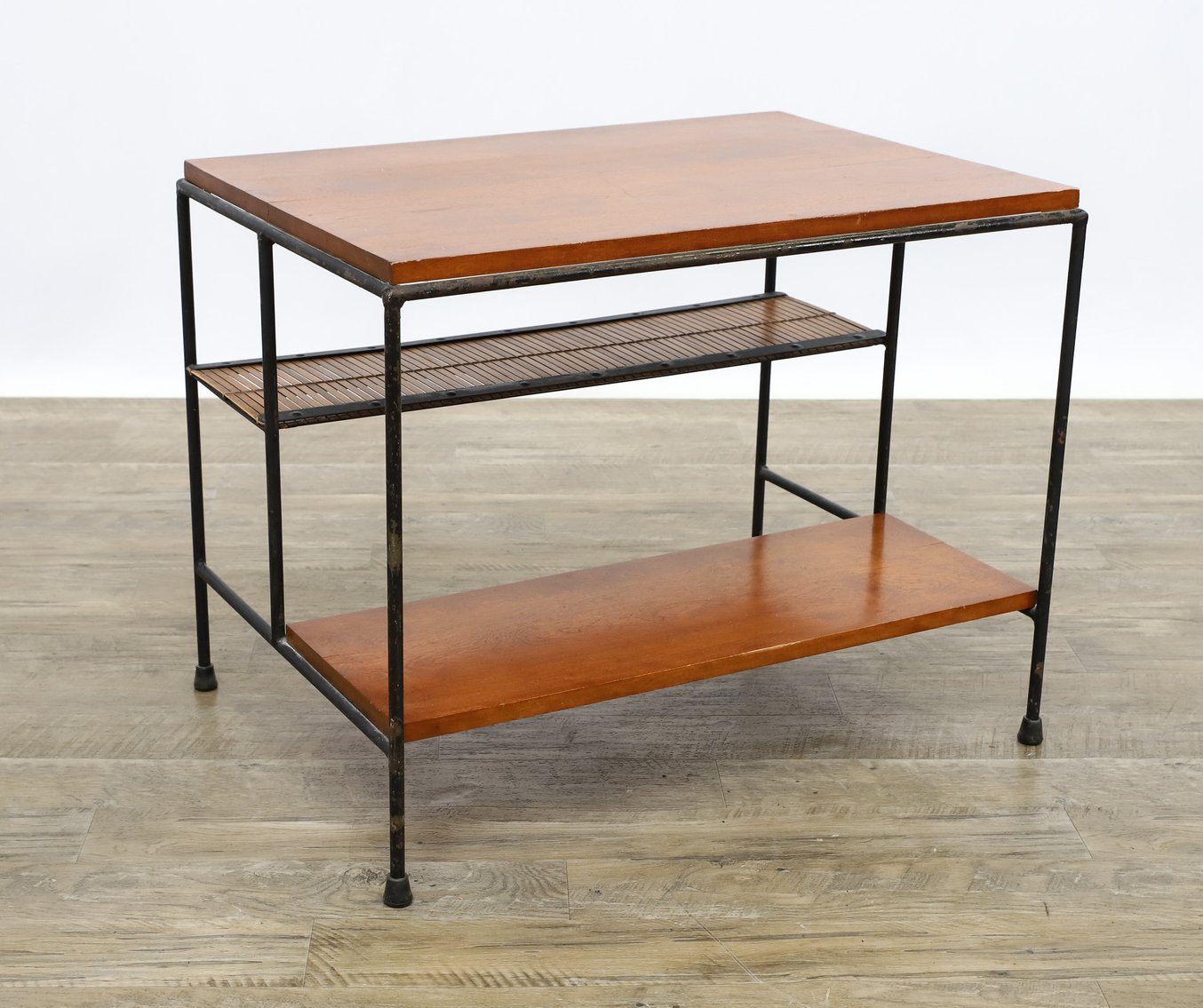Paul McCobb’s Influence on American Mid-Century Interiors

Paul McCobb’s Influence on American Mid-Century Interiors
Edited by: Christian Answini | Fine Art Specialist
Adrian Martinez | Mid-Century Modern Department
Paul McCobb’s Influence on American Mid-Century Interiors
Paul McCobb (1917–1969) stands as a seminal figure in the landscape of 20th-century American design. While his name may not have reached the same level of popular familiarity as Charles and Ray Eames or George Nelson, his impact was arguably broader and more accessible. McCobb’s work embodied the ethos of mid-century modernism: a belief in simplicity, function, and form derived from purpose. And unlike many of his contemporaries, McCobb’s designs were created for mass production and daily use—not for a design elite, but for the average American household.
In the upcoming auction, several pieces from McCobb’s iconic Planner Group, manufactured by the Winchendon Furniture Company, serve as prime examples of his contribution to American interiors. These lots not only reflect McCobb’s signature style—clean lines, unadorned surfaces, and balanced proportions—but also offer insight into his philosophy and the broader postwar design movement.
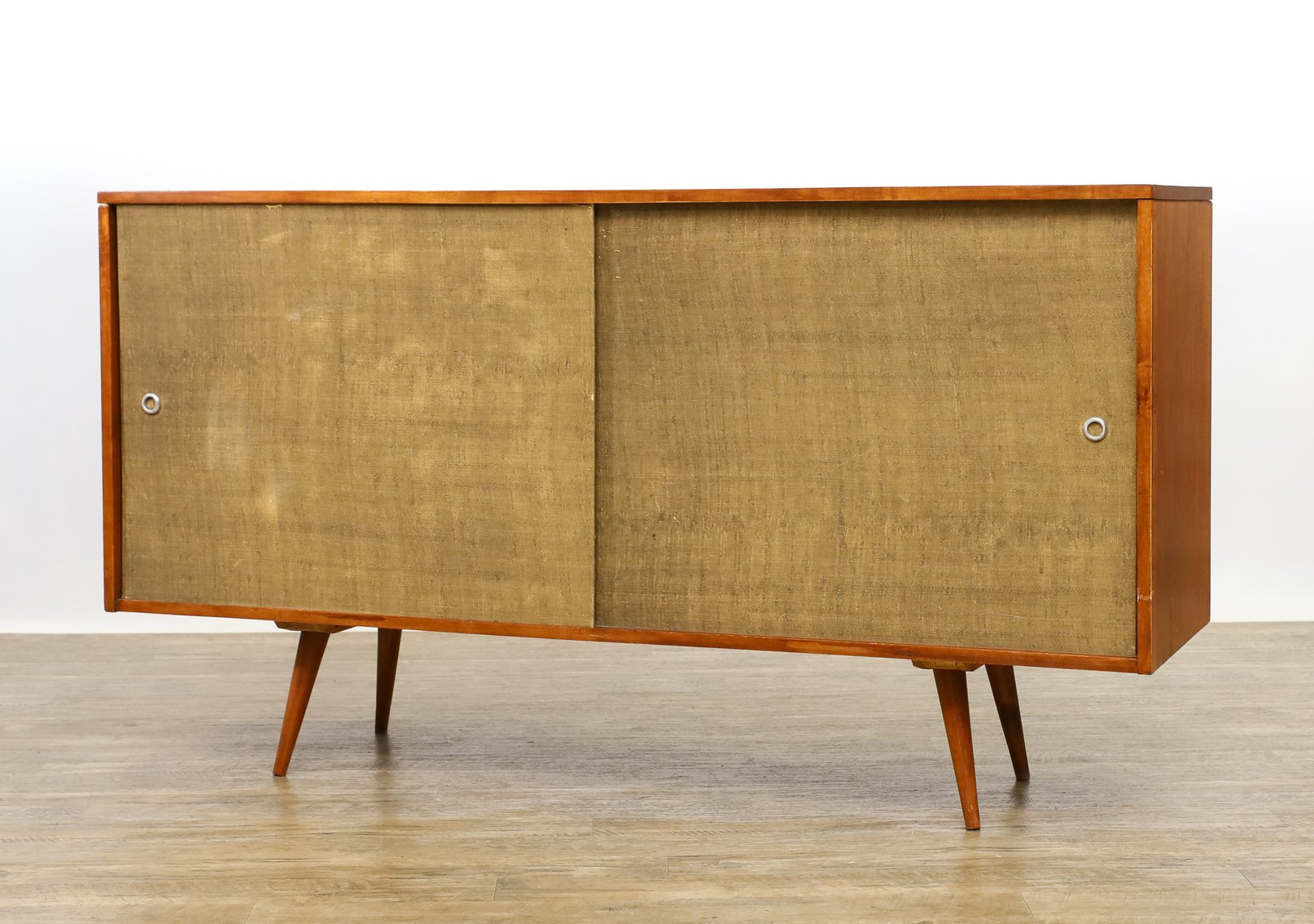
Making Modernism Accessible
McCobb emerged during a pivotal moment in American history. The post-World War II economic boom created a growing middle class eager to furnish new suburban homes with stylish yet affordable furniture. Unlike the ornate, traditional furniture of previous decades, McCobb’s pieces emphasized function, flexibility, and affordability. Through the Planner Group, first introduced in 1949, McCobb delivered what many call the first commercially successful line of modern furniture for the masses.
The buffet cabinet or credenza (Lot 1302), model no. 1514-9, exemplifies McCobb’s commitment to simplicity and modularity. Its symmetry and low profile make it as relevant in today’s interiors as it was when first introduced. Whether used in a dining room or as a media console, the piece reflects McCobb’s idea that furniture should serve multiple functions without cluttering a space.
The Functional Office
Though McCobb is often associated with residential furnishings, he also applied his principles to office and work spaces. The single pedestal desk (Lot 1303), model no. 1560, demonstrates his ability to combine practicality with design clarity. The desk includes a bank of drawers on one side and an open space on the other—a layout conducive to both work and flow within a room. The surface is generous without being cumbersome, a balance that typifies McCobb’s planning-first approach. As more Americans began working from home or needed dedicated study areas, desks like this one were essential in creating efficient, stylish spaces. Today, in an era where hybrid work environments are the norm, McCobb’s design continues to resonate for its functionality and light footprint.
A Democratic Dining Room
Dining furniture was another core area for McCobb, who believed that everyday rituals—like eating meals together—deserved environments designed with intention. The drop-leaf dining table (Lot 1300), model no. 1524, offers a compelling solution to fluctuating spatial needs. Its leaves can be raised or lowered depending on guest count or available room, making it ideal for apartment living or smaller dining spaces.When paired with the set of spindle-back dining chairs (Lot 1301), model no. 1531, the ensemble achieves both form and function. These chairs, with their sculptural vertical spindles and slightly flared legs, maintain visual lightness while offering structural integrity. Unlike many dining chairs of the era that were heavier or more decorative, McCobb’s iteration strips down the form to its essentials—ergonomic, durable, and quietly elegant.
This pairing highlights another of McCobb’s defining qualities: his ability to create entire systems of furnishings that could be mixed, matched, and adapted to individual needs, a concept that remains foundational to modern furniture design today.
The Importance of the Occasional Table
No McCobb interior would be complete without a multifunctional table. The end table (Lot 1304), model no. 1578, and the occasional table (Lot 1305), model no. 1540-9, round out the group in this auction and reinforce the designer’s commitment to visual and physical lightness. The multiple tiers, the slatted surface, and the black enameled metal legs of the end table create a pleasing contrast that feels modern without being stark. The simplicity of the occasional table emphasizes its versatility. These pieces could easily serve as a bedside table, living room accent, or hallway display surface—evidence again of McCobb’s modular philosophy. This emphasis on contrast—between materials, between light and dark, between structure and airiness—runs throughout his work. While his forms may appear simple at first glance, closer inspection reveals carefully considered proportions and finishes that elevate each piece from mere utility to thoughtful design.
Mid-Century and Post-Modern offerings feature American and Scandinavian designers and artists alike. Furniture highlights include a Murray Gayman credenza in the manner of Paul Evans, Paul McCobb for Winchendon Planner Group pieces, Charles and Ray Eames for Herman Miller chairs, John Widdicomb chest, Maurice Villency bedroom suite, and a Ferruccio Laviani for Foscarini Orbital Floor Lamp. Decorative offerings consist of a Pablo Picasso Madoura plate, a Russel Wright for Bartlett-Collins Asterisk Barware set, and a Keith Harring signed t-shirt. Artwork by Louis Tavelli, sculptures by Phillip Paul and a sonambient by Val Bertoia.
Bid at alderferauction.com before June 12th at 10:00 AM.
Preview
Doylestown, PA | Select Items
Wednesday, June 4th | 2PM – 6PM
Hatfield, PA | Open-House
Monday, June 9th | 9AM – 3PM
Tuesday, June 10th | 9AM – 3PM
Wednesday, June 11th | 9AM – 3PM
No appointment necessary
Condition Report Requests | alderferauction.com/condition-report
